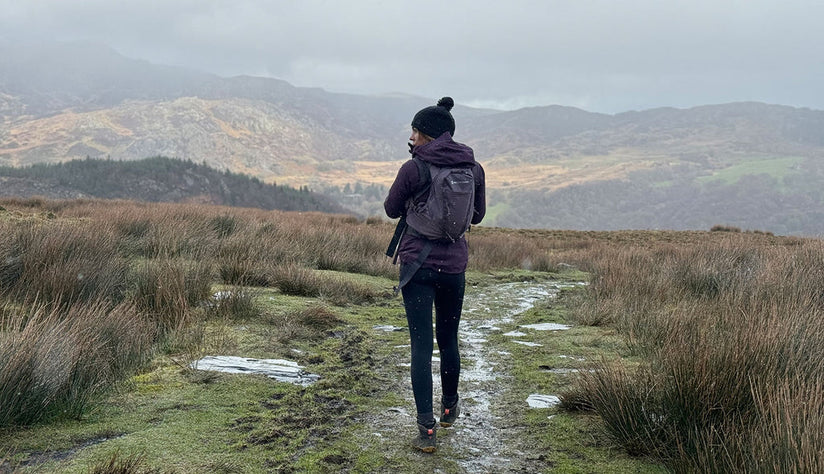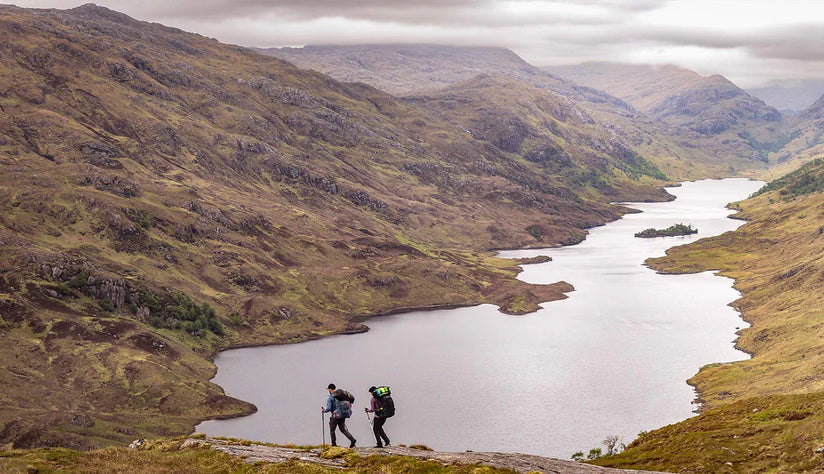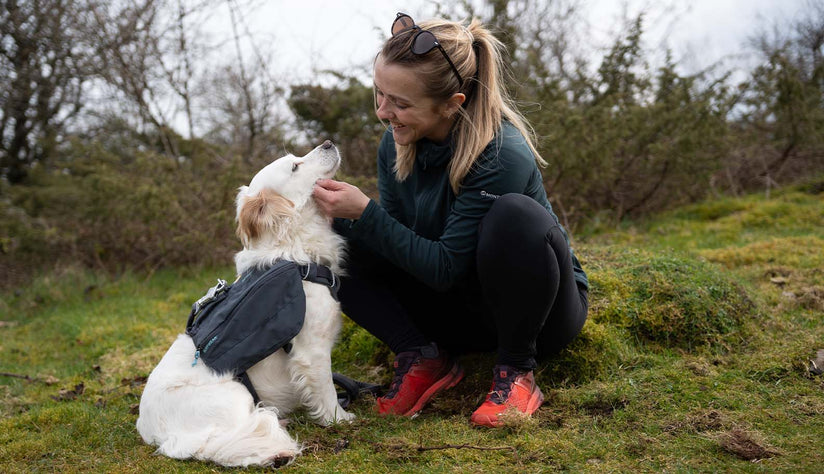Jorn Heller is an passionate mountain guide with over 30 years of experience leading trips into some of the world’s wildest mountainous regions. In his latest expedition, he headed back to the remote Cerro Hyades, a region based on the northern Patagonian ice cap that he’s previously explored. The purpose of the expedition? To take part in a special mission combining alpinism with climate science.
Alongside helping to get a scientist onto this significant glacier, so that he could track the effects of climate change, the team had an unclimbed peak in their sights too. They were accompanied by a team of filmmakers from German ZDF who will be making a film about climate change.
Despite 2 years of delays due to the Covid-19 pandemic, and several changes to the original plan as a result of this (including heading out a different time of year), Jorn and the team were finally able to head out to Chile earlier this year. Keep reading to hear how they got on…
Tell us a bit about the area of Chile the expedition was based?
Patagonia, especially the northern part, is a really wild, rough and remote region. The valley where our expedition was based is very difficult to reach. There are no paths or tracks, and no human life is based here. You are far away from civilisation. It took us 14 days to reach our basecamp in the woods overlooking the ice cap. You have to rely on yourself and the team to navigate this region. Significantly, the northern Patagonian ice field is the second largest in the world, second only to the polar zones. Its huge ice masses are melting very fast, much faster than compared to other regions. That’s why I was asked to help assist a scientist to investigate what was going on and to track these concerning changes.
What was your role in the expedition?
This was a combined expedition. Together with an extreme climber and professional alpinist Robert Jasper we tried to make a first ascent on a ice covered peak named Cerro Hyades deep into the icecap, something we have already done a couple of times in the past. We want to make real expeditions. Going to places where nobody goes, far away from comfort and civilisation. This time, unfortunately we failed because of very difficult conditions.
We had lots of problems with collapsing ice towers and big crevasses… it was much too hot. We'd been responsible for the safety of a scientist who specialises in climate change on these big glaciers. Until now, there has been almost no data on these glaciers but we know these glaciers are melting much fast faster than anywhere in the world. So our job was to make a report about climate change.
What were the big challenges?
I have explored here previously in 2019 and in other regions in the South of Chile. I know the region is prone to extremely changeable weather conditions. It’s not uncommon to get all four seasons in 1 day. This of course can be extremely dangerous if you are in the wrong place. My tactics for dealing with this is to use a special expedition weather forecast, to pay extremely close attention to this and to discuss with the experienced team our options. You have to be honest with yourself. If it doesn’t feel right, trust your feelings.
We knew before the conditions would be a bit more difficult than we had previously encountered, given the time of year we ended up heading out to Chile in the end (we were exploring in Chile’s autumn months). We had originally planned to traverse using skis, but this was not possible due to lack of snow.
The biggest challenge we experienced on this trip all involved tackling the conditions we encountered in the mountains. It was much too hot and dry whilst we were there, everything was melting all around us. We had lots of problems with collapsing ice towers, unpassable crevasses, rockfall and so on. It was really difficult to reach the glacier tongue. As a result we unfortunately did not reach our summit goal. We only made it about two thirds of the 2500m high east face of Cerro Hyades, bivvying one night on the ice cap - a mission that lasted almost 30 hours.
How did this experience impact you?
In over 30 years of guiding, I've never seen anything like what we encountered on this expedition. It was very obvious to us that climate change is happening right now at a fast rate. In the last 15 years I have noticed things are changing in the mountains and exploring them is becoming more difficult. But this was the worst I have ever seen it. It was a powerful experience to see it first hand.
The connection you have with nature when you’re immersed in it is something I think everyone feels. It’s really hard to see it in this state. It’s something we are all now noticing across the world. Back home in Europe for example, it is believed that in the next 15 years 90% of the glaciers in Switzerland will have melted. This makes me extremely sad and concerned.
I feel we can all do our bit to help. Personally I know that flying contributes to increasing carbon emissions. But one of the ways I try to do this as best I can is to spend longer in the destinations I fly to. In this case the trip lasted 6 weeks. I know not everyone is able to spend this much time in each destination they visit, but I believe reducing the frequency of flying and spending as much time as you can, so you can really explore a place, is just one way we can help the planet right now.
What were your highlights of the trip?
As a result of the ice caps rate of melting, the lake we needed to cross to get to it was much bigger than expected. We also used packrafts to get access to the ice cap and to navigate between ice towers. My key competence lies in the mountains and I don’t like water if it’s not frozen for ice climbing. So this was a real test of my mental strength, especially as I knew the water was only a chilling 3 degrees. Exploring on the water gave a whole new perspective on the region though.
The ultimate highlight of the expedition was the paddling part back to Puerto Bertrand. One of our key expedition goals was to travel back to civilisation on our own. So we used packrafts to do this and managed it in 3 days. I found it quite a spooky experience, as I don’t believe anybody has done it before. We had perfect conditions so this really helped - no wind and quite warm - the water power was low but we still had to be careful to watch out for dead wood.
Even if we didn’t reached the summit we had wanted to, the trip was a success for me. We made a film, we had a great time together in the wilderness and we went back to civilisation on our own. This was new for me and really cool.
What were the key pieces of Montane kit you relied on?
Conditions in Patagonia are normally very rough and protecting yourself from the elements here is essential. Because the ice caps are so exposed it can be very windy, with extremely high wind speeds. There’s also a lot of rainfall here each year. That’s why my Alpine Resolve waterproof jacket is essential here. This jacket is very durable and benefits from GORE-Tex waterproof protection - it is my go-to for bad weather in the mountains. Whilst the weather was a lot better than expected, it came in very useful whilst we were packrafting on the river this year! I really like the Primino underwear. 4 weeks and no bad smell. The Powerstretch Pro Grippy Gloves and the Alpine Mission Gloves are also legendary good.














